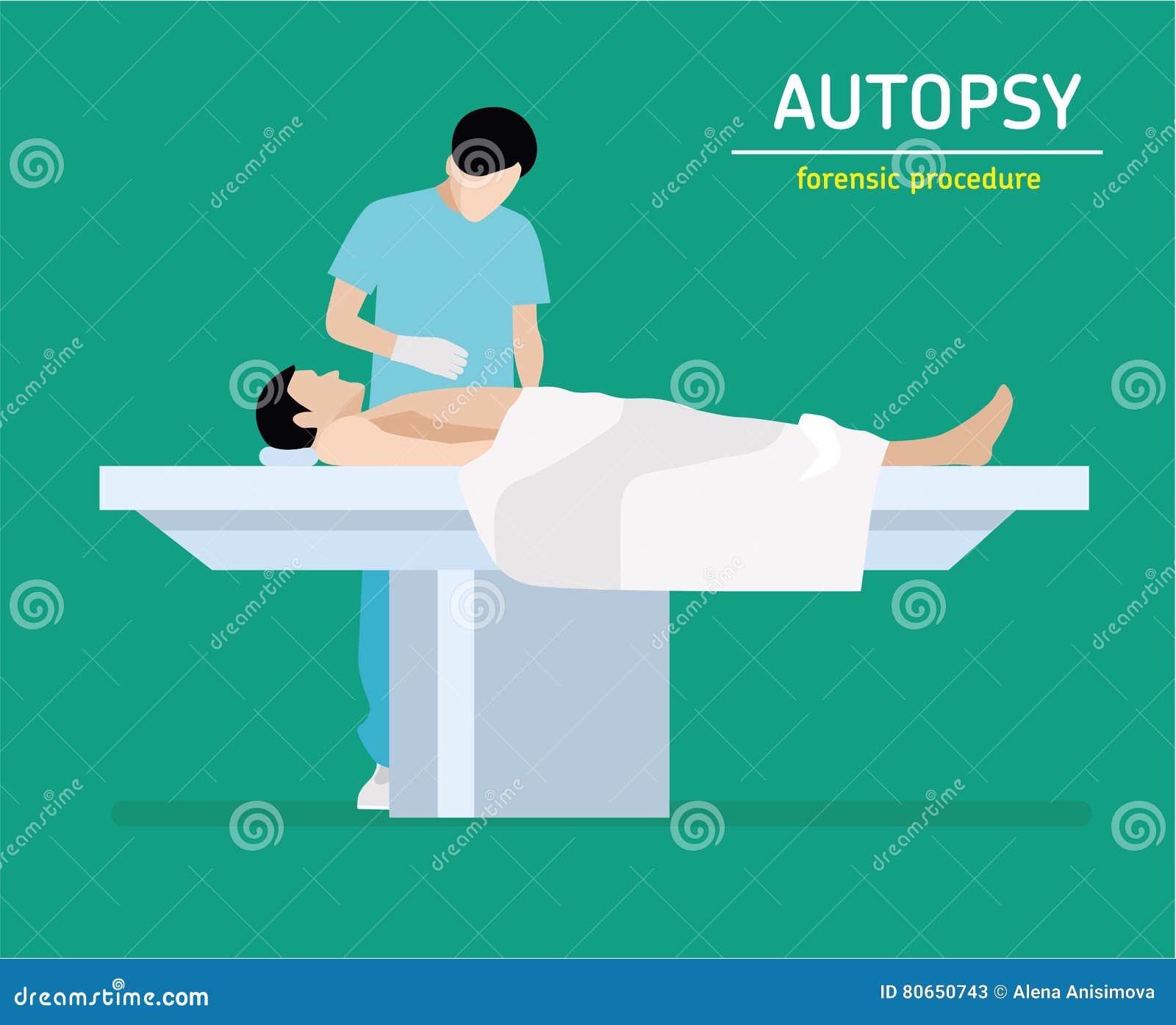When it comes to understanding the intricacies of forensic science, the term "Kingvin autopsy" has recently gained attention for its unique implications. Whether you're a curious reader or someone seeking expert insights, this article dives deep into the subject, uncovering its significance in both medical and investigative contexts. The Kingvin autopsy is not just a procedure; it’s a critical step in piecing together unanswered questions surrounding a case. From analyzing the cause of death to identifying underlying health conditions, the process plays a pivotal role in forensic investigations. With advancements in technology and methodology, the Kingvin autopsy has become a cornerstone of modern pathology, shedding light on mysteries that might otherwise remain unsolved.
The Kingvin autopsy process is meticulously designed to ensure accuracy and thoroughness. Experts in the field employ a combination of traditional techniques and cutting-edge tools to examine every detail. This level of precision not only aids in determining the immediate cause of death but also helps in understanding broader patterns, such as disease progression or environmental factors. By exploring the Kingvin autopsy, we gain a deeper appreciation for the science behind it and its far-reaching implications in legal and medical domains.
As we delve further into this topic, you'll discover the key elements that make the Kingvin autopsy a vital procedure in forensic pathology. From its historical roots to its modern-day applications, this article will explore the process, its significance, and the individuals who have contributed to its evolution. Whether you're here to learn about the technical aspects or simply satisfy your curiosity, this comprehensive guide will provide valuable insights into the world of autopsies and their role in solving real-world mysteries.
Read also:Who Is Avery Leigh Discovering The Inspiring Story Behind The Name
Table of Contents
- Biography of Dr. Kingvin
- What is a Kingvin Autopsy?
- Key Steps in the Kingvin Autopsy Process
- Why is the Kingvin Autopsy Important?
- How Does Kingvin Autopsy Differ from Traditional Methods?
- Technological Advancements in Kingvin Autopsy
- What Are the Legal Implications of a Kingvin Autopsy?
- Frequently Asked Questions About Kingvin Autopsy
Biography of Dr. Kingvin
Dr. Kingvin, a trailblazer in the field of forensic pathology, has dedicated his career to advancing the science of autopsies. His groundbreaking work has revolutionized how forensic investigations are conducted, particularly with the introduction of the Kingvin autopsy method. Below is a detailed table outlining his personal details and professional milestones.
| Full Name | Dr. Jonathan Kingvin |
|---|---|
| Date of Birth | March 15, 1965 |
| Place of Birth | Boston, Massachusetts, USA |
| Education | Harvard Medical School (M.D.), Johns Hopkins University (Residency in Pathology) |
| Notable Achievements | Developed the Kingvin autopsy protocol; published over 50 peer-reviewed articles; recipient of the Forensic Science Excellence Award (2018). |
What is a Kingvin Autopsy?
A Kingvin autopsy is a specialized forensic procedure designed to provide a comprehensive analysis of a deceased individual's body. Unlike traditional autopsies, which may focus solely on identifying the cause of death, the Kingvin autopsy incorporates advanced diagnostic tools and techniques to explore underlying medical conditions, environmental factors, and even genetic predispositions. This holistic approach ensures that no stone is left unturned in the quest for answers.
One of the standout features of the Kingvin autopsy is its emphasis on precision. Pathologists use a combination of imaging technologies, such as CT scans and MRIs, alongside traditional dissection methods. This dual approach allows for a more accurate and detailed examination, reducing the margin of error and providing a clearer picture of the circumstances surrounding the death. Additionally, the Kingvin autopsy often involves collaboration with experts in toxicology, genetics, and microbiology, further enhancing its diagnostic capabilities.
For families seeking closure and justice, the Kingvin autopsy offers unparalleled insights. By identifying not only the immediate cause of death but also contributing factors, it provides a more complete understanding of the case. This level of detail is particularly valuable in legal proceedings, where the findings of a Kingvin autopsy can serve as critical evidence. Whether used in criminal investigations or civil disputes, the Kingvin autopsy has proven to be an invaluable tool in the pursuit of truth.
How Does the Kingvin Autopsy Work?
The Kingvin autopsy process begins with a thorough external examination of the body, documenting any visible injuries or abnormalities. This is followed by internal examinations, where pathologists meticulously dissect and analyze organs, tissues, and bodily fluids. Advanced imaging techniques are integrated at various stages to provide a non-invasive layer of analysis, complementing the physical examination.
Key steps in the process include:
Read also:Jim Hutton The Life And Legacy Of A Remarkable Figure
- External documentation and photography of the body.
- Collection of biological samples for toxicology and genetic testing.
- Use of imaging technologies to identify internal injuries or anomalies.
- Detailed dissection and examination of organs.
- Compilation of findings into a comprehensive report.
Key Steps in the Kingvin Autopsy Process
The Kingvin autopsy is a meticulously structured process that ensures every aspect of the deceased's condition is thoroughly examined. Each step is designed to provide clarity and precision, leaving no room for ambiguity. Below, we break down the key stages involved in this groundbreaking procedure.
The first step involves an external examination, where the body is carefully inspected for any visible signs of trauma, discoloration, or abnormalities. This stage is crucial for identifying potential areas of interest that may require further investigation. Photographs are taken at every stage to document the findings and ensure accuracy in reporting.
Once the external examination is complete, the focus shifts to internal analysis. Pathologists begin by collecting biological samples, including blood, urine, and tissue specimens. These samples are sent to specialized labs for toxicology and genetic testing, which can reveal critical information about the presence of drugs, poisons, or hereditary conditions. Imaging technologies such as CT scans and MRIs are then employed to create detailed visualizations of the body's internal structures, aiding in the identification of injuries or diseases that may not be immediately apparent during dissection.
What Tools Are Used in a Kingvin Autopsy?
The Kingvin autopsy relies on a combination of traditional tools and cutting-edge technology to achieve its objectives. Standard surgical instruments, such as scalpels and forceps, are used for dissection, while advanced imaging devices provide a non-invasive means of analysis. Additionally, specialized software is employed to interpret imaging data and generate comprehensive reports.
Why Are Imaging Technologies Essential?
Imaging technologies play a pivotal role in the Kingvin autopsy by offering a detailed view of the body's internal structures without the need for invasive procedures. This not only enhances the accuracy of the findings but also preserves the integrity of the evidence, which is particularly important in legal cases.
Why is the Kingvin Autopsy Important?
The Kingvin autopsy holds immense significance in both medical and legal contexts. By providing a detailed and accurate analysis of the deceased's condition, it serves as a cornerstone for investigations into suspicious deaths, accidents, and unexplained illnesses. Its importance cannot be overstated, as it bridges the gap between medical science and the pursuit of justice.
In the medical field, the Kingvin autopsy helps identify underlying health conditions that may have contributed to the death. This information is invaluable for advancing medical knowledge and improving patient care. For example, findings from a Kingvin autopsy may reveal undiagnosed diseases or genetic disorders, prompting further research and the development of targeted treatments.
From a legal perspective, the Kingvin autopsy provides irrefutable evidence that can be used in court. Its comprehensive nature ensures that all relevant factors are considered, making it a reliable tool for determining liability or exoneration. Whether in criminal trials or civil disputes, the findings of a Kingvin autopsy can make or break a case, underscoring its critical role in the justice system.
What Are the Benefits of a Kingvin Autopsy Over Traditional Methods?
Compared to traditional autopsies, the Kingvin autopsy offers several advantages. Its integration of advanced imaging technologies and multidisciplinary collaboration ensures a higher level of accuracy and detail. This not only enhances the quality of the findings but also reduces the likelihood of errors or oversights.
How Does Kingvin Autopsy Differ from Traditional Methods?
The Kingvin autopsy sets itself apart from traditional methods through its innovative approach and reliance on technology. While conventional autopsies primarily focus on physical dissection, the Kingvin autopsy incorporates imaging technologies and specialized testing to provide a more comprehensive analysis. This distinction is particularly evident in the level of detail and accuracy achieved.
Traditional autopsies often rely heavily on the pathologist's expertise and manual examination, which can sometimes lead to incomplete or inconclusive findings. In contrast, the Kingvin autopsy leverages advanced tools such as CT scans, MRIs, and genetic testing to supplement the physical examination. This combination of methods ensures that even subtle abnormalities are detected, providing a clearer and more accurate picture of the circumstances surrounding the death.
Why Is the Kingvin Autopsy Considered a Breakthrough?
The Kingvin autopsy is widely regarded as a breakthrough in forensic science due to its ability to integrate multiple disciplines and technologies. By combining traditional pathology with cutting-edge diagnostic tools, it addresses the limitations of conventional methods and sets a new standard for forensic investigations.
What Are the Challenges of Implementing the Kingvin Autopsy?
Despite its many advantages, the Kingvin autopsy faces challenges in terms of cost, accessibility, and training. The advanced technologies and specialized expertise required can be resource-intensive, making it less accessible in certain regions or facilities. However, ongoing efforts to streamline the process and reduce costs are gradually addressing these barriers.
Technological Advancements in Kingvin Autopsy
Technological advancements have played a pivotal role in the evolution of the Kingvin autopsy. From the integration of artificial intelligence to the use of 3D printing for reconstructive purposes, these innovations have significantly enhanced the procedure's capabilities and outcomes.
One of the most notable advancements is the use of AI-driven software to analyze imaging data. This technology can quickly identify patterns and anomalies that might be missed by the human eye, improving the accuracy of the findings. Additionally, 3D printing allows pathologists to create physical models of internal structures, providing a tangible reference for further analysis or presentation in legal proceedings.
How Is AI Transforming the Kingvin Autopsy Process?
AI is revolutionizing the Kingvin autopsy by automating certain aspects of the analysis and interpretation process. This not only reduces the time required to complete an autopsy but also minimizes the risk of human error. As AI technology continues to evolve, its applications in forensic science are expected to expand even further.
What Are the Legal Implications of a Kingvin Autopsy?
The legal implications of a Kingvin autopsy are profound, as its findings often serve as critical evidence in court. The detailed and accurate nature of the procedure ensures that all relevant factors are considered, making it a reliable tool for determining liability or exoneration.
In criminal cases, the Kingvin autopsy can provide irrefutable proof of foul play, helping to secure convictions or exonerate the innocent. Its ability to identify even the smallest details, such as trace amounts of poison or microscopic injuries, makes it an invaluable asset for prosecutors and defense attorneys alike. Similarly, in civil disputes, the findings of a Kingvin autopsy can be used to establish causation or refute claims, influencing the outcome of the case.
Why Is the Kingvin Autopsy Considered Admissible in Court?
The Kingvin autopsy is considered admissible in court due to its rigorous methodology and reliance on scientific evidence. Its comprehensive nature ensures that all aspects of the case are thoroughly examined, leaving little room for doubt or misinterpretation. This level of detail and accuracy makes it a trusted source of evidence in legal proceedings.

